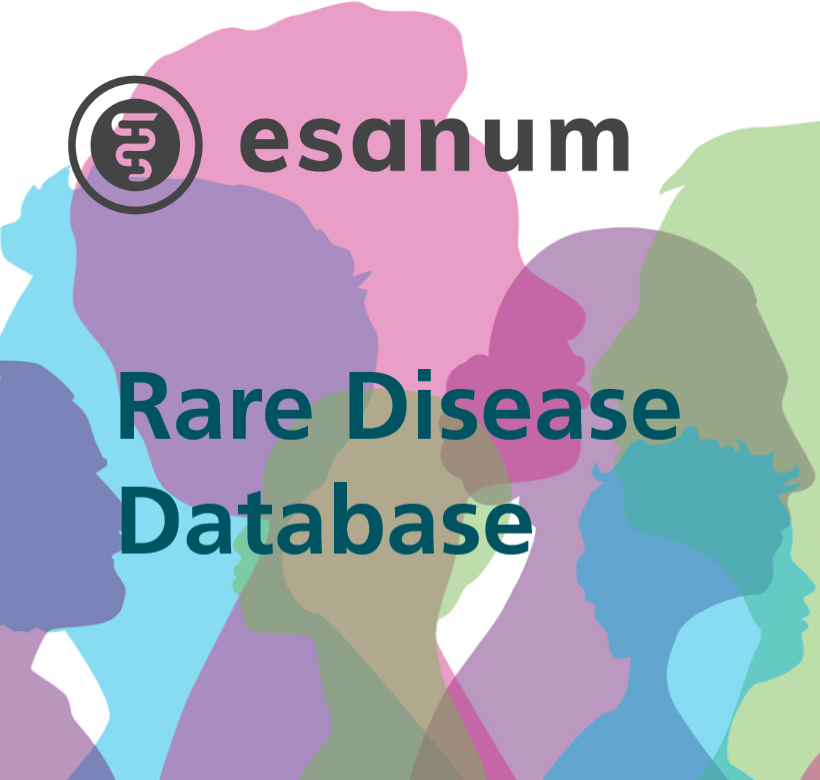- Soni UK, Wang Y, Pandey RN, Roberts R, Pressey JG, Hegde RS. Molecularly defined subsets of Ewing Sarcoma tumors differ in their responses to IGF1R and WEE1 inhibition. Clin Cancer Res. 2022 Nov 17:CCR-22-2587. doi: 10.1158/1078-0432.CCR-22-2587. Epub ahead of print. PMID: 36394520.
Genetic mutations pave the way to targeted therapy
In metastasised or relapsed Ewing sarcoma, therapeutic success is often difficult to achieve. According to a study, this could be due to different biomarker variants.
What you should know about the Ewing sarcoma study:
- Ewing sarcoma can be divided into two groups.
- One group is insensitive to IGF1R inhibition; in the other group, IGF1R and WEE1 inhibitors are effective.
- Both groups differ in the signalling pathways and associated biomarkers that are affected.
- It is useful to determine the biomarkers in Ewing sarcoma several times during the course of the disease, as configurations can also vary within the same patient.
Biomarker constellation has influence on therapy success
When metastatic or recurrent Ewing sarcoma fails to achieve sufficient therapeutic success, it may have something to do with the underlying biomarkers, according to the latest study. The biomarker constellation is influenced by different signalling pathways that are up- or down-regulated.
Two different subgroups
Ultimately, Ewing sarcoma can be divided into two different subgroups:
- Tumours not susceptible to IGF1R inhibition
- IGF1R is mainly present as a nuclear form (nIGF1R)
- DNA damage tolerance signalling pathway is upregulated
- Low replicative stress
- Low RRM2B levels
- High WEE1 and RAD21 levels
- IGF1R and WEE1 inhibition-responsive tumours
- High replicative stress
- High RRM2B levels
- Low WEE1 and RAD21 levels
- Membrane-bound IGF1R (mIGF1R)
The primary tumour and the metastases can have different constellations and thus belong to different groups.
What should be considered in the therapy of Ewing sarcoma?
The composition of tumour biomarkers may vary in the same patient. Nevertheless, this should be taken into account for therapy planning, as it has an influence on the effectiveness of IGF1R and WEE1 inhibition. Regular biopsies are therefore recommended.
References:
Rare Disease Day
